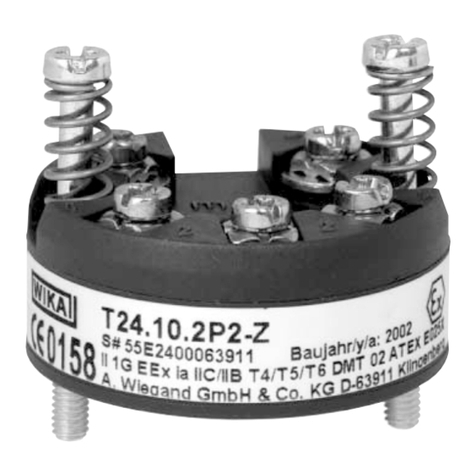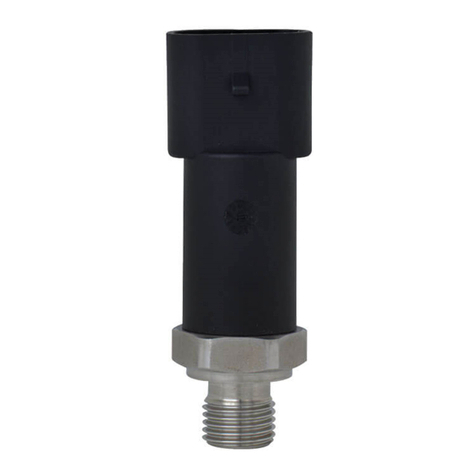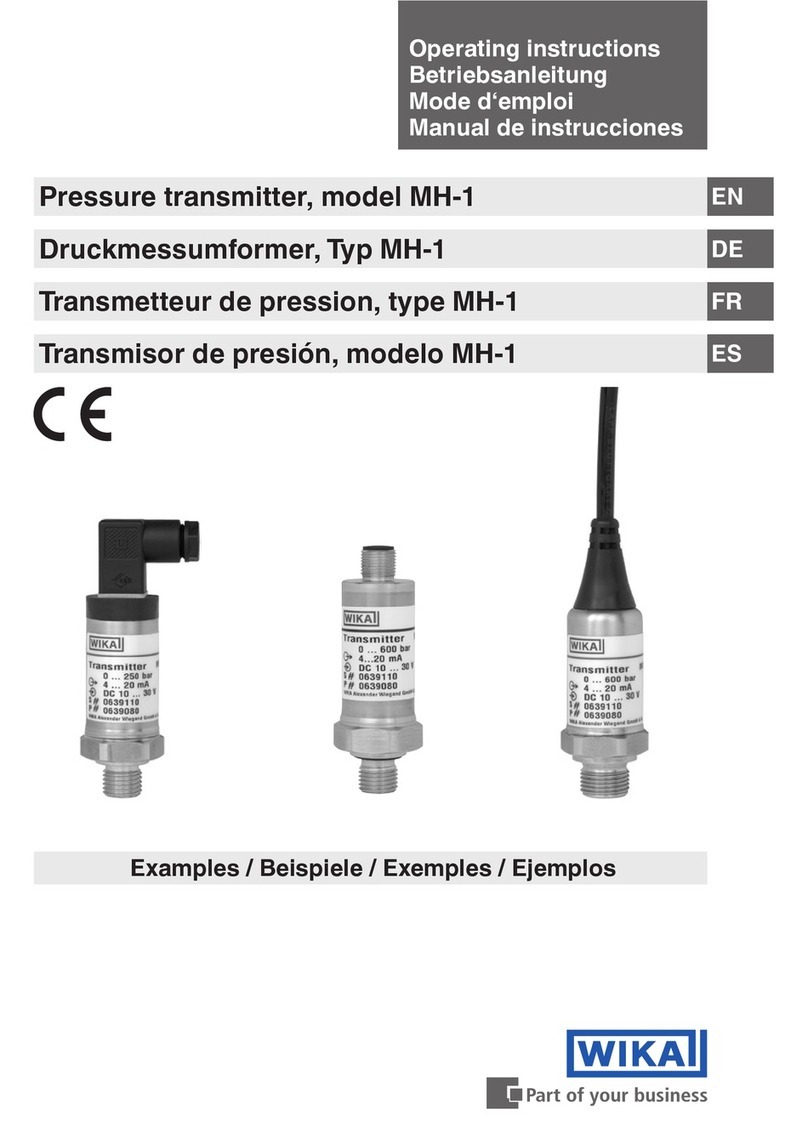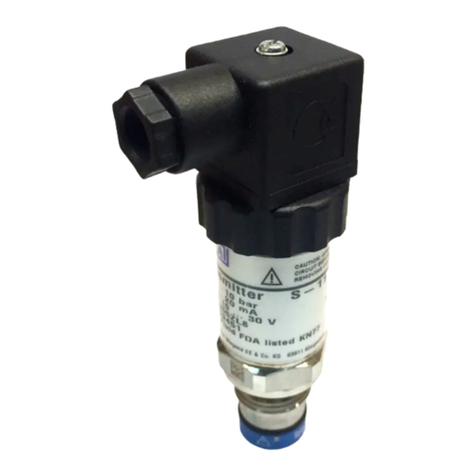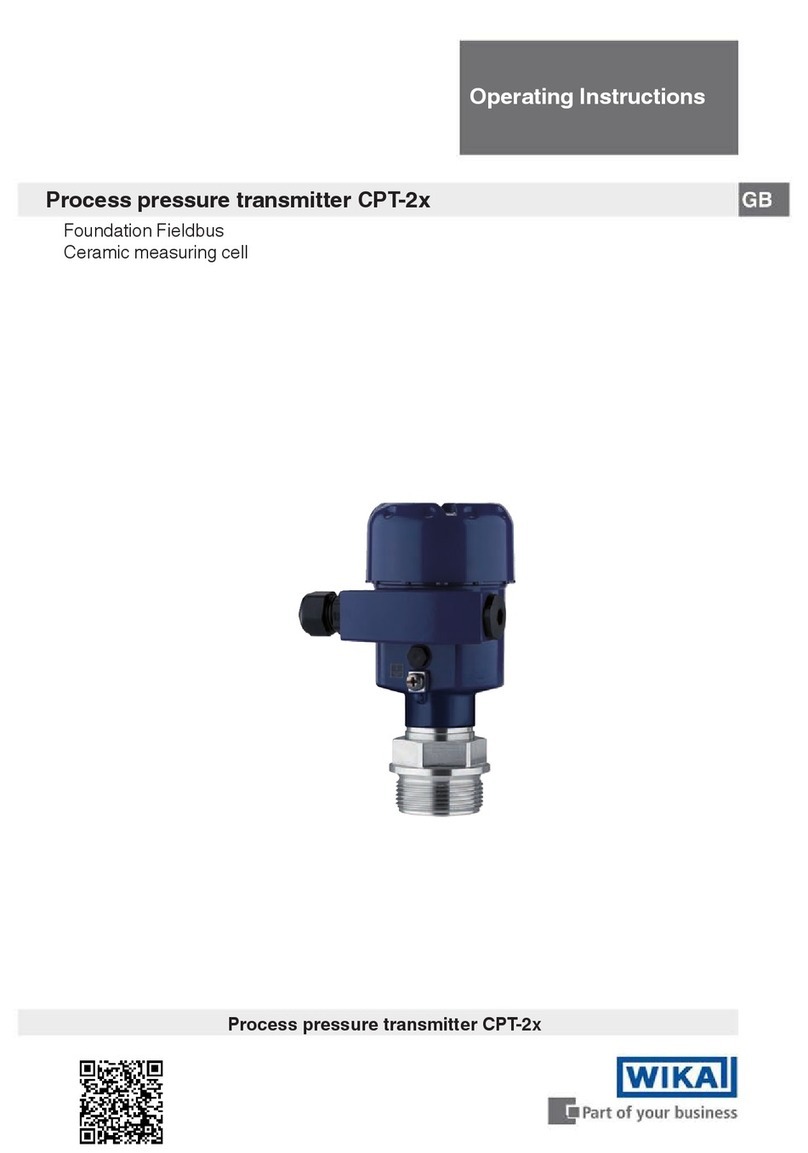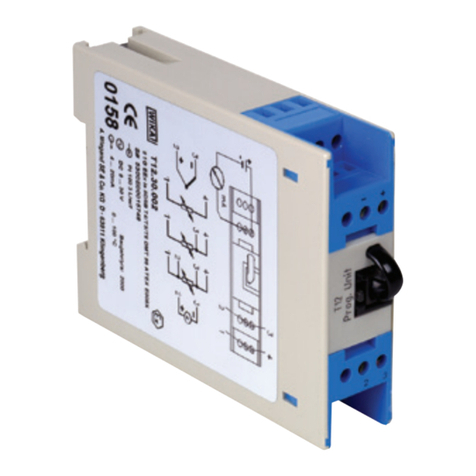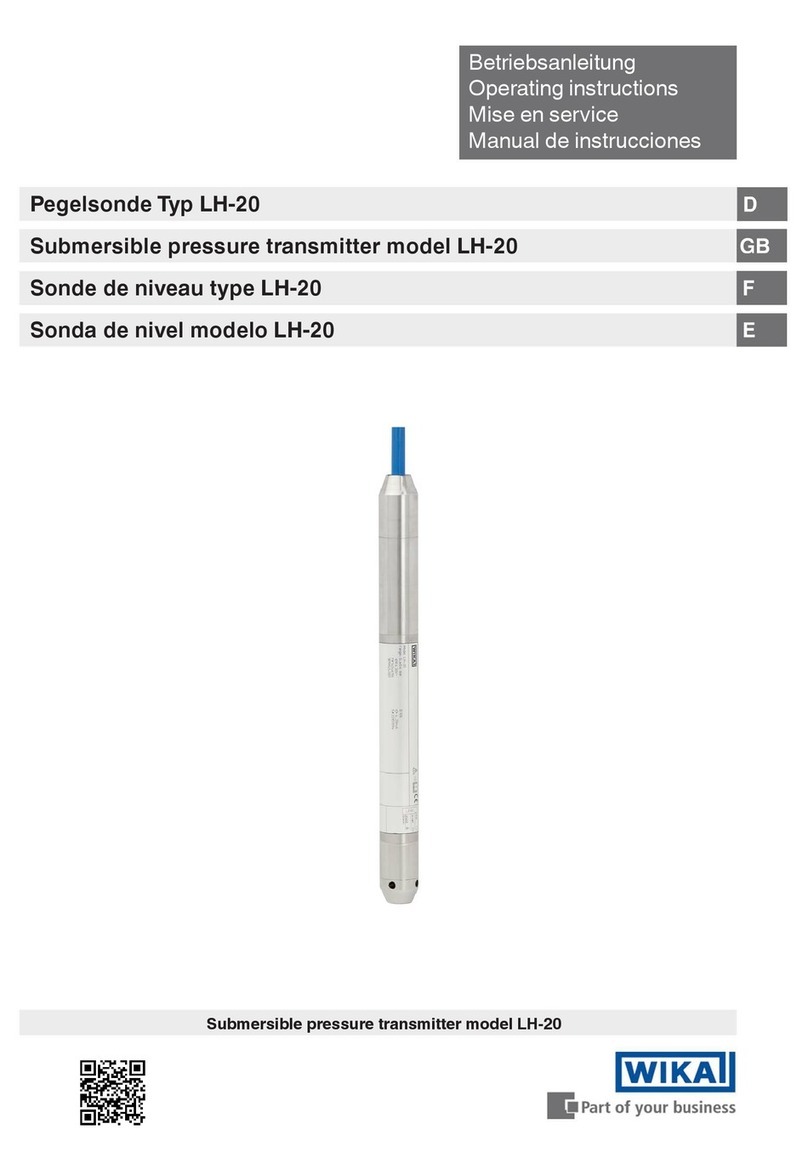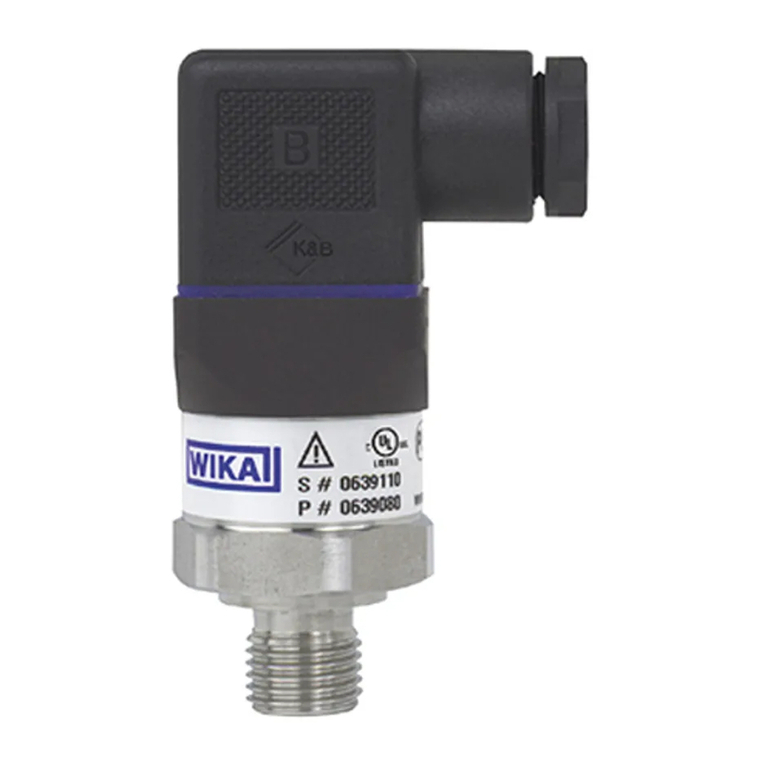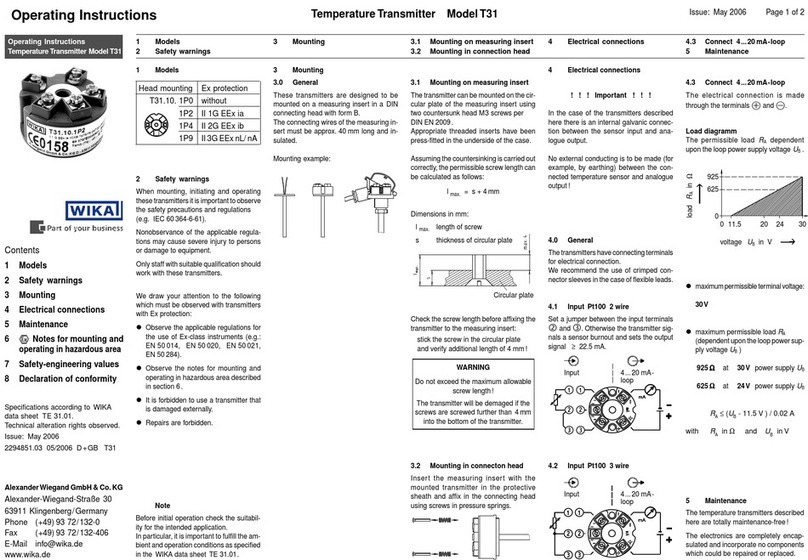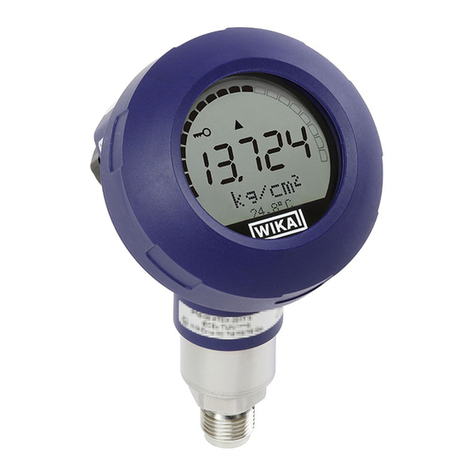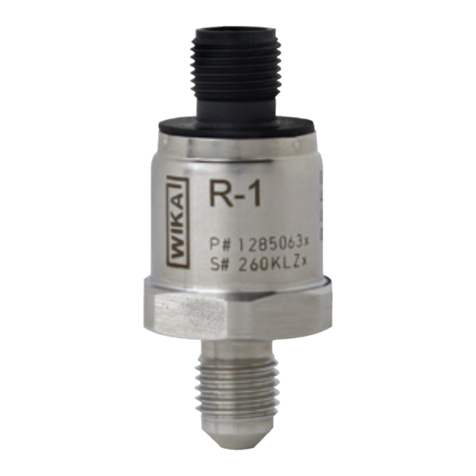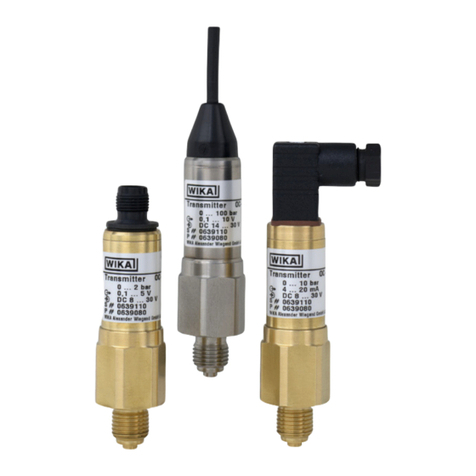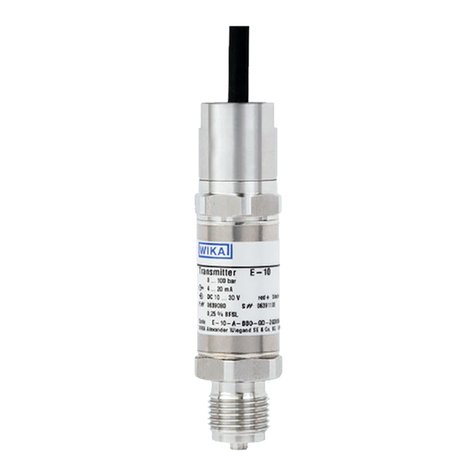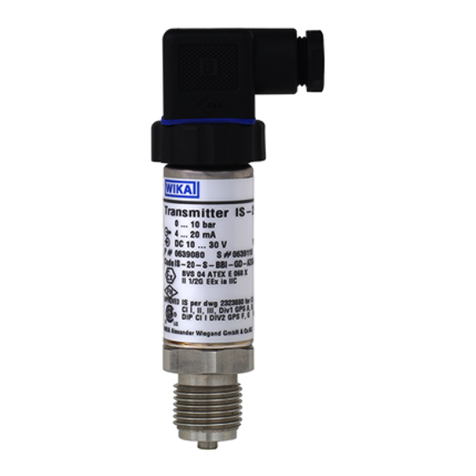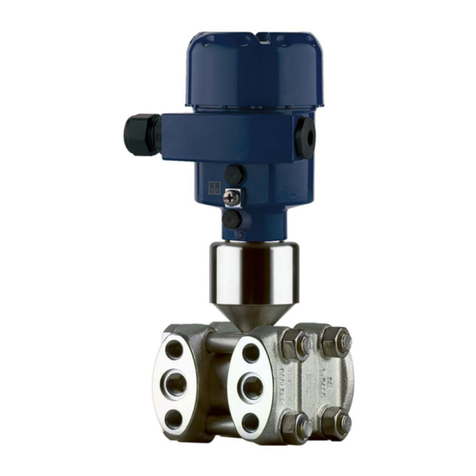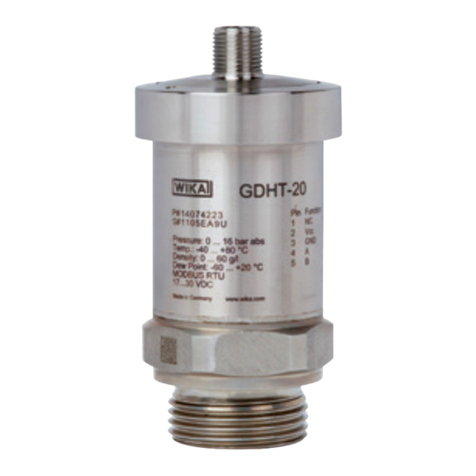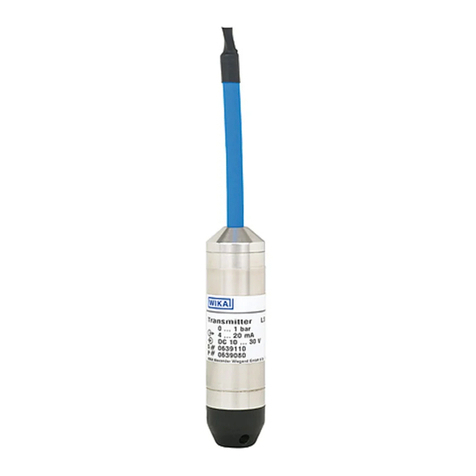
6WIKA operating instructions pressure transmitters, models F-20, F-21
EN
2103870.07 10/2021 EN/DE
→ For performance limits, see chapter 6 “Specications”.
The instrument has been designed and built solely for the intended use described here, and may only be used
accordingly.
The manufacturer shall not be liable for claims of any type based on operation contrary to the intended use.
3.3 Personnelqualication
Skilled personnel
Skilled personnel, authorised by the operator, are understood to be personnel who, based on their technical training,
knowledge of measurement and control technology and on their experience and knowledge of country-specic
regulations, current standards and directives, are capable of carrying out the work described and independently
recognising potential hazards.
WARNING!
■
Select the appropriate pressure transmitter with regard to scale range, performance and specic
measurement conditions prior to installing and starting the instrument.
■
Observe the relevant national regulations and observe the applicable standards and directives for
special applications (e.g. with dangerous media such as acetylene, ammable gases or liquids
and toxic gases or liquids and with refrigeration plants or compressors). If you do not observe the
appropriate regulations, serious injuries and/or damage can occur!
■
Open pressure connections only after the system is without pressure!
■
Please make sure that the pressure transmitter is only used within the overload threshold limit all the time!
■
Observe the ambient and working conditions outlined in chapter 6 “Specications”.
■
Observe the technical data for the use of the pressure transmitter in connection with aggressive /
corrosive media and for the avoidance of mechanical hazards.
■
Ensure that the pressure transmitter is only operated in accordance with the provisions i.e. as
described in the following instructions.
■
Do not interfere with or change the pressure transmitter in any other way than described in these
operating instructions.
■
Remove the pressure transmitter from service and mark it to prevent it from being used again
accidentally, if it becomes damaged or unsafe for operation
■
Take precautions with regard to remaining media in removed pressure transmitter. Remaining media
in the pressure port may be hazardous or toxic!
■
Have repairs performed by the manufacturer only.
■
Open circuit before removing connector / cover.
3. Safety








